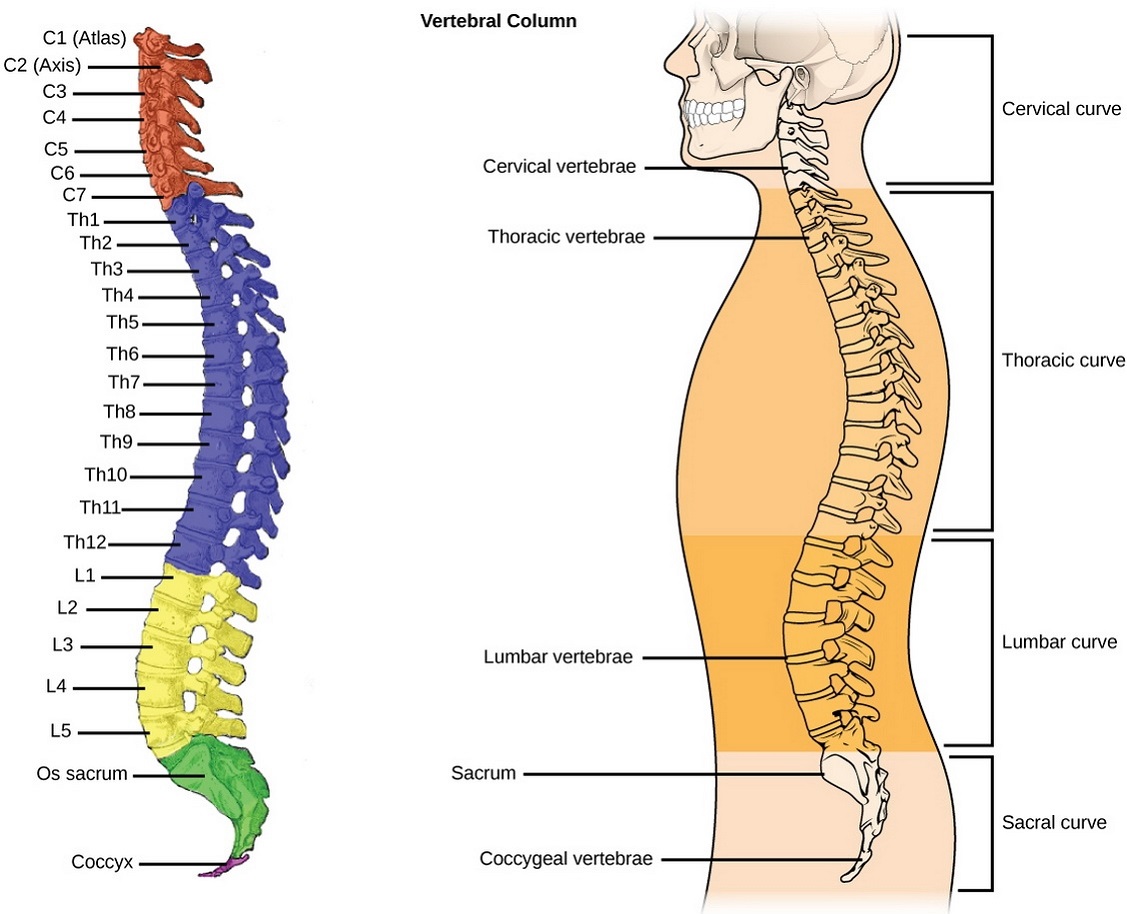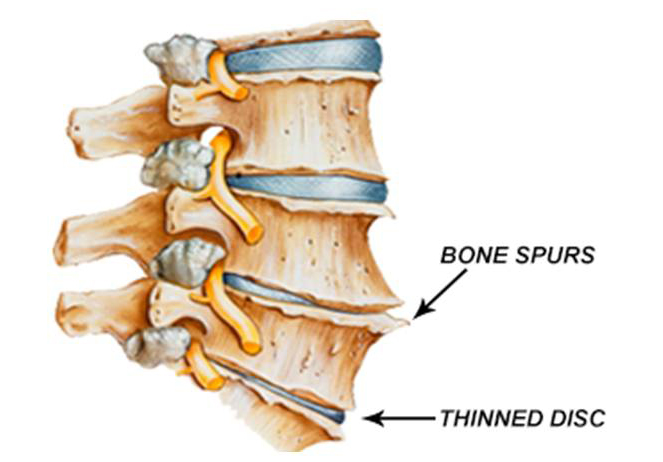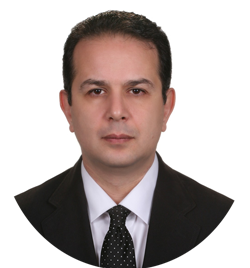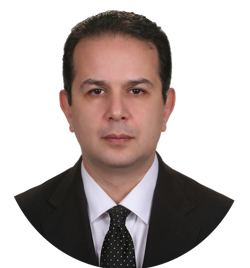
Vertebral column pain
The vertebral column is located in the midline of the body, which is joined to the head by the top and bottom by the pelvic bones and consists of 26 distinct bones and is approximately 70 cm in size in adults and in addition to flexibility, In the forward and backward directions, it also moves and rotates around the axis. The spinal cord covers and protects the spinal cord. The adult vertebrae consist of 26 vertebrae divided into the following areas:
7 Cervical vertebrae.
12 Thoracic in the back of the chest cavity.
5 Lumbar vertebrae in the lumbar region.
5 Sacral bones.
Between each vertebra ia a fibrocartilage disc that forms a powerful joint and allow for different movements of the vertebral column. Disks can be damaged due to conditions such as injury, illness and aging. It causes pain because it stimulates the adjacent nerve that pass through the intervertebral foramen.
Spine Curvature
The spine has concave and convex forward curvature (cervical and lumbar spine forward and thoracic and sacral dorsal curvature) which is very important because it enhances spine stability.
Vertebrae curvature may change under different conditions. For example, muscle paralysis on either side of the spine, limb weakness, or illness may lead to lateral bending of the spine. In this case, the vertebrae deflect to the right or left of the body and this may occur in any of the back areas. Increased curvature of the thorax creates a hump or causing an unbalanced force distribution that results in degenerative changes of the spine.
Read more on spinal column pain in the following articles:

Spinal degenerative joints disease (Spondylosis)
Spinal degeneration is a common complication among the elderly, but it is more common in obese people, in heavy physical work, and in spine injuries.

Spinal canal stenosis
The spinal canal is a space that starts from the neck to the sacrum. Inside this space is the spinal cord .The walls around this






